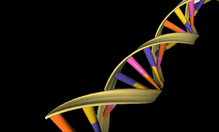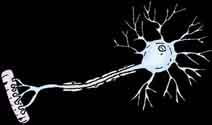Instructions: For each histology question, pick the one best answer. This histology test bank is also useful for the histology questions on the USMLE (USMLE step 1). Click here for answers and detailed explanations. 1. Which of the four basic tissue types does blood belong to? a. Epithelium b. Connective tissue c. Muscle d. Nervous tissue e. Blood 2. Which of the following formed elements do not contain a nucleus? a. Platelets b. Erythrocytes c. Leukocytes d. Monocytes e. Both a and b
4. Which leukocyte is the most abundant in a peripheral smear of blood? a. Lymphocytes b. Basophils c. Neutrophil d. Monocytes e. Eosinophils 5. Which of the following is not a granulocyte? a. Lymphocytes b. Neutrophil c. PMN d. Eosinophils e. Basophils 6. Which of the following is a granulocyte? a. Thrombocyte b. Lymphocyte c. Eosinophil d. Monocyte e. Erythrocyte
8. Which leukocyte has a multi-lobed (3-5 lobes) nucleus? a. Neutrophil b. Lymphocytes c. Monocytes d. Eosinophil e. Basophils 9. Which cell has large blue granules, often obscuring the nucleus? a. Neutrophil b. Lymphocytes c. Monocytes d. Eosinophil e. Basophils
|
Gray’s Anatomy: The Anatomical Basis of Clinical Practice, Expert Consult – Online and Print, 40 Ed Churchill Livingstone | 2008 | ISBN: 0443066841 | 1576 pages | CHM | 75 MB Meticulously enhanced and updated artwork throughout – with 2,000 images now in full color – provide a more consistent, coherent view of every anatomical detail, providing practitioners across all specialties with the best, most clinically helpful visual understanding available. * 200 completely new radiologic, CT, MR, and other imaging studies vividly capture anatomy as it is primarily seen by physicians. Gray’s Anatomy is the most Handy book of medical students who are engaged in anatomy trouble. Anatomy is really a tough subject and without proper reference book, all is in vein. So download it as soon as you can http://www.6ybh-upload.com/q4p8gwmi10qg/Gray's_Anatomy_40th_Edition.rar Find Us O Facebook - http://www.facebook.com/med.saisayan


